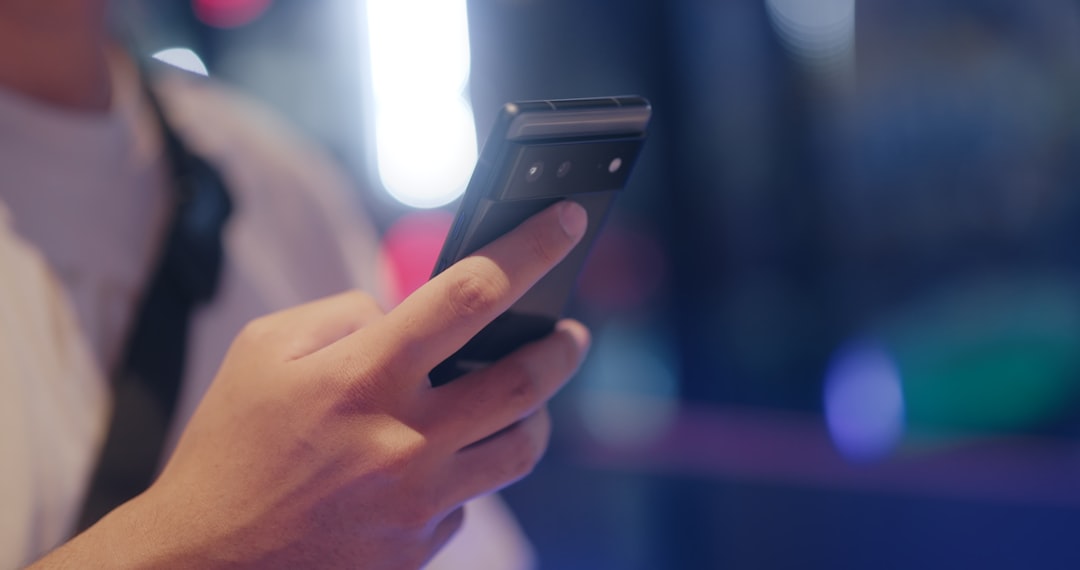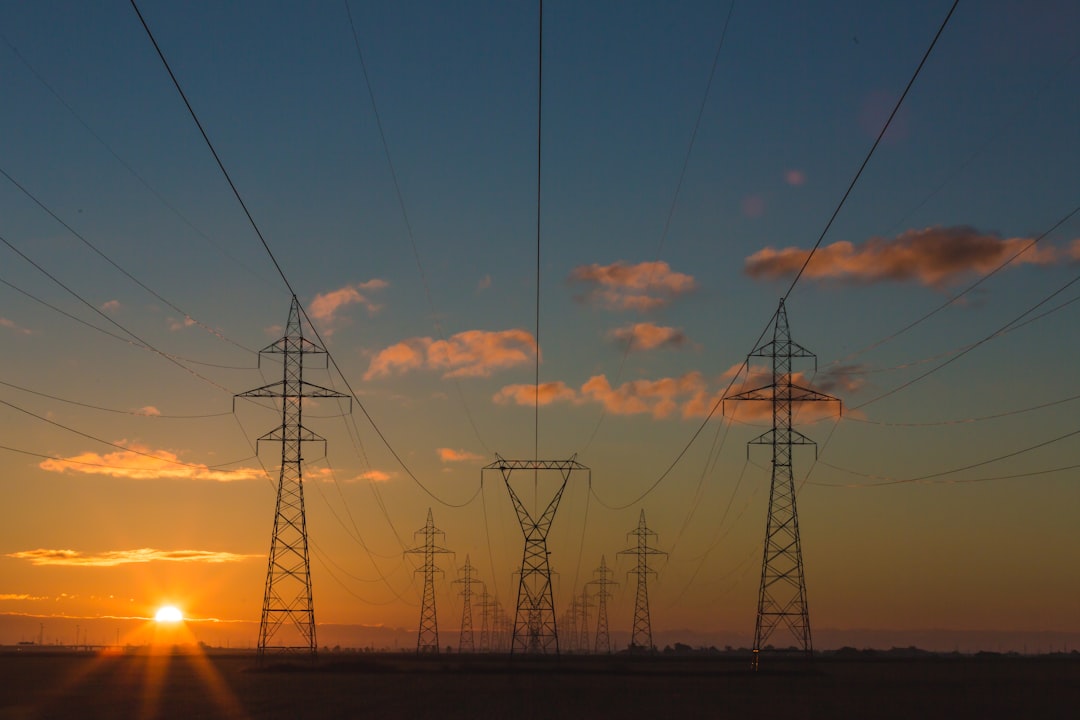In an era where technology is rapidly evolving, the integration of artificial intelligence (AI) into various sectors has become increasingly prevalent. One of the most promising applications of AI is in the realm of hygiene monitoring, particularly in public spaces. KI-gesteuerte Hygieneüberwachung, or AI-driven hygiene monitoring, leverages advanced algorithms and machine learning techniques to ensure that hygiene standards are maintained in environments where cleanliness is paramount.
This innovative approach not only enhances public health but also fosters a culture of awareness and responsibility among individuals. The significance of hygiene monitoring has been underscored by recent global health crises, which have highlighted the critical need for effective sanitation practices. As societies strive to adapt to new norms, the role of technology in facilitating these changes cannot be overstated.
AI systems designed for hygiene monitoring can analyze vast amounts of data in real-time, providing insights that were previously unattainable. By employing sophisticated sensors and cameras, these systems can detect deviations from established hygiene protocols, thereby ensuring that public spaces remain safe and sanitary for all users.
Key Takeaways
- KI-gesteuerte Hygieneüberwachung (AI-driven hygiene monitoring) utilizes artificial intelligence to monitor and maintain hygiene standards in public areas.
- KI-Systeme can utilize cameras to continuously monitor public areas for hygiene compliance, such as handwashing and surface cleanliness.
- The benefits of KI-System monitoring for hygiene compliance include real-time alerts for potential hygiene issues and the ability to track and analyze hygiene trends over time.
- KI-System alerts can sensitize users to hygiene standards by providing immediate feedback and reminders to maintain cleanliness in public spaces.
- Application cases for KI-gesteuerte Hygieneüberwachung include tracking hand hygiene in hospitals and monitoring hygiene in public restrooms to prevent the spread of infections.
- The future potential for KI-System hygiene monitoring extends to various public spaces, such as airports, schools, and restaurants, to improve overall public health and awareness.
- In conclusion, KI-gesteuerte Hygieneüberwachung has the potential to significantly impact public health by maintaining hygiene standards and raising awareness of the importance of cleanliness in public spaces.
How KI-Systeme can utilize cameras to monitor hygiene standards in public areas
AI systems equipped with cameras are revolutionizing the way hygiene standards are monitored in public areas. These systems utilize computer vision technology to analyze visual data captured by surveillance cameras strategically placed in high-traffic locations. By employing advanced image recognition algorithms, the AI can identify whether individuals are adhering to hygiene protocols, such as wearing masks or using hand sanitizers.
This real-time monitoring capability allows for immediate feedback and intervention when necessary, significantly enhancing compliance with hygiene standards. Moreover, the integration of AI with IoT (Internet of Things) devices further amplifies the effectiveness of hygiene monitoring systems. For instance, smart sensors can be installed in restrooms to track the usage of soap dispensers and hand dryers.
When combined with camera data, these sensors provide a comprehensive overview of hygiene practices in a given area. The AI system can analyze this information to generate reports on compliance levels, identify trends over time, and even predict potential hygiene issues before they escalate. This proactive approach not only helps maintain cleanliness but also empowers facility managers to make informed decisions regarding resource allocation and maintenance.
Benefits of KI-System monitoring for hygiene compliance

The implementation of AI-driven hygiene monitoring systems offers a multitude of benefits that extend beyond mere compliance tracking.
By ensuring that hygiene standards are consistently met, these systems help reduce the transmission of infectious diseases, thereby safeguarding the well-being of individuals in public spaces.
This is particularly crucial in environments such as hospitals, schools, and restaurants, where the risk of contamination is heightened. In addition to improving health outcomes, AI systems also contribute to operational efficiency. By automating the monitoring process, organizations can allocate their resources more effectively.
For example, facility managers can receive alerts when hygiene compliance falls below acceptable levels, allowing them to address issues promptly without the need for constant manual oversight. This not only saves time and labor costs but also ensures that facilities maintain a high standard of cleanliness at all times. Furthermore, the data collected by these systems can be invaluable for regulatory compliance and reporting purposes, providing organizations with a clear record of their hygiene practices.
Sensitizing users to hygiene standards through KI-System alerts
One of the key aspects of AI-driven hygiene monitoring is its ability to sensitize users to hygiene standards through timely alerts and notifications. When individuals are made aware of their hygiene practices in real-time, they are more likely to adjust their behavior accordingly. For instance, if an AI system detects that a person has entered a restroom without using hand sanitizer, it can trigger an alert on a nearby screen or send a notification to their mobile device.
This immediate feedback serves as a gentle reminder to adhere to established hygiene protocols. Moreover, these alerts can be tailored to specific contexts and audiences. In educational institutions, for example, AI systems can be programmed to deliver age-appropriate messages that resonate with students while promoting good hygiene practices.
By fostering a culture of awareness and accountability, AI-driven hygiene monitoring not only improves compliance rates but also encourages individuals to take personal responsibility for their health and the health of those around them.
Application cases: Tracking hand hygiene in hospitals
One of the most critical applications of AI-driven hygiene monitoring is in healthcare settings, particularly hospitals. Hand hygiene is a fundamental practice that significantly reduces the risk of healthcare-associated infections (HAIs). However, compliance with hand hygiene protocols has historically been challenging to monitor effectively.
AI systems equipped with cameras and sensors can track handwashing behaviors among healthcare workers in real-time, providing valuable insights into compliance rates. By analyzing this data, hospitals can identify areas where hand hygiene practices may be lacking and implement targeted interventions to improve compliance. For instance, if an AI system detects that certain departments consistently show lower handwashing rates, hospital administrators can focus their training efforts on those areas.
Additionally, the data collected can be used to assess the effectiveness of educational campaigns and initiatives aimed at promoting hand hygiene among staff. Ultimately, this application not only enhances patient safety but also contributes to a culture of accountability within healthcare organizations.
Application cases: Monitoring hygiene in public restrooms

Public restrooms are another area where AI-driven hygiene monitoring can have a profound impact. These facilities often face challenges related to cleanliness and user compliance with hygiene practices. By deploying AI systems equipped with cameras and sensors in restrooms, facility managers can gain real-time insights into usage patterns and compliance levels.
For example, the system can monitor whether soap dispensers are being used and whether users are washing their hands after using the restroom. The data collected by these systems can inform cleaning schedules and maintenance efforts, ensuring that restrooms remain clean and well-stocked with essential supplies. Additionally, AI-driven alerts can remind users about proper hygiene practices as they enter or exit the restroom.
This proactive approach not only enhances user experience but also contributes to overall public health by promoting good hygiene habits in high-traffic areas.
Future potential for KI-System hygiene monitoring in various public spaces
The future potential for AI-driven hygiene monitoring systems is vast and extends beyond hospitals and public restrooms. As technology continues to advance, we can expect to see these systems implemented in a wide range of public spaces, including schools, transportation hubs, shopping centers, and even outdoor venues. The ability to monitor hygiene practices in real-time will become increasingly important as societies continue to navigate post-pandemic realities.
Moreover, advancements in AI technology will enable these systems to become even more sophisticated over time. For instance, future iterations may incorporate predictive analytics capabilities that allow organizations to anticipate potential hygiene issues before they arise. By analyzing historical data and identifying patterns, AI systems could provide actionable insights that help organizations proactively address compliance challenges.
This forward-thinking approach will not only enhance public health outcomes but also foster a culture of continuous improvement in hygiene practices across various sectors.
The impact of KI-gesteuerte Hygieneüberwachung on public health and awareness
In conclusion, KI-gesteuerte Hygieneüberwachung represents a significant advancement in the way we approach hygiene monitoring in public spaces. By harnessing the power of artificial intelligence and machine learning, these systems offer a proactive solution to maintaining cleanliness and promoting good hygiene practices among individuals. The benefits extend beyond mere compliance tracking; they encompass improved public health outcomes, enhanced operational efficiency, and increased awareness among users.
As we look toward the future, it is clear that AI-driven hygiene monitoring will play an essential role in shaping our collective approach to sanitation and health safety. By fostering a culture of accountability and responsibility through real-time alerts and data-driven insights, these systems have the potential to transform public spaces into safer environments for all. Ultimately, the impact of KI-gesteuerte Hygieneüberwachung on public health cannot be overstated; it represents a crucial step toward creating healthier communities and enhancing overall quality of life in an increasingly interconnected world.
In einem verwandten Artikel über die Herausforderungen und Chancen im Metaversum werden ethische Überlegungen diskutiert, die auch für die Implementierung von KI-gesteuerten Hygieneüberwachungssystemen relevant sein könnten. Der Artikel „Challenges and Opportunities in the Metaverse: Ethical Considerations“ beleuchtet, wie Technologien im Metaversum eingesetzt werden können, um soziale Interaktionen zu verbessern und gleichzeitig ethische Standards zu wahren. Diese Überlegungen sind auch für die Entwicklung von KI-Systemen zur Überwachung von Hygienestandards wichtig, da sie helfen, Datenschutz und die Wahrung der persönlichen Integrität zu gewährleisten.
FAQs
What is KI-gesteuerte Hygieneüberwachung?
KI-gesteuerte Hygieneüberwachung, or AI-driven hygiene monitoring, refers to the use of artificial intelligence (AI) systems to monitor and enforce hygiene standards in public areas. This technology can utilize cameras and other sensors to detect and track hand hygiene practices, as well as to raise awareness among users about the importance of hygiene.
How do KI-systems monitor hygiene in public areas?
KI-systems can use cameras and other sensors to monitor hygiene in public areas. These systems can detect hand hygiene practices, such as hand washing or sanitizing, and analyze the frequency and effectiveness of these practices. Additionally, KI-systems can identify areas with high traffic and potential hygiene risks, allowing for targeted interventions.
What are the potential applications of KI-gesteuerte Hygieneüberwachung?
Some potential applications of KI-gesteuerte Hygieneüberwachung include tracking hand hygiene in hospitals, monitoring hygiene in public restrooms, and enforcing hygiene standards in food preparation areas. These systems can also be used to raise awareness among the public about the importance of hygiene and to provide real-time feedback to users.
What are the benefits of KI-gesteuerte Hygieneüberwachung?
The benefits of KI-gesteuerte Hygieneüberwachung include improved hygiene compliance, reduced risk of infections and diseases, and enhanced public awareness about the importance of hygiene. Additionally, these systems can provide valuable data for public health research and interventions, ultimately leading to a safer and healthier environment.











Leave a Reply